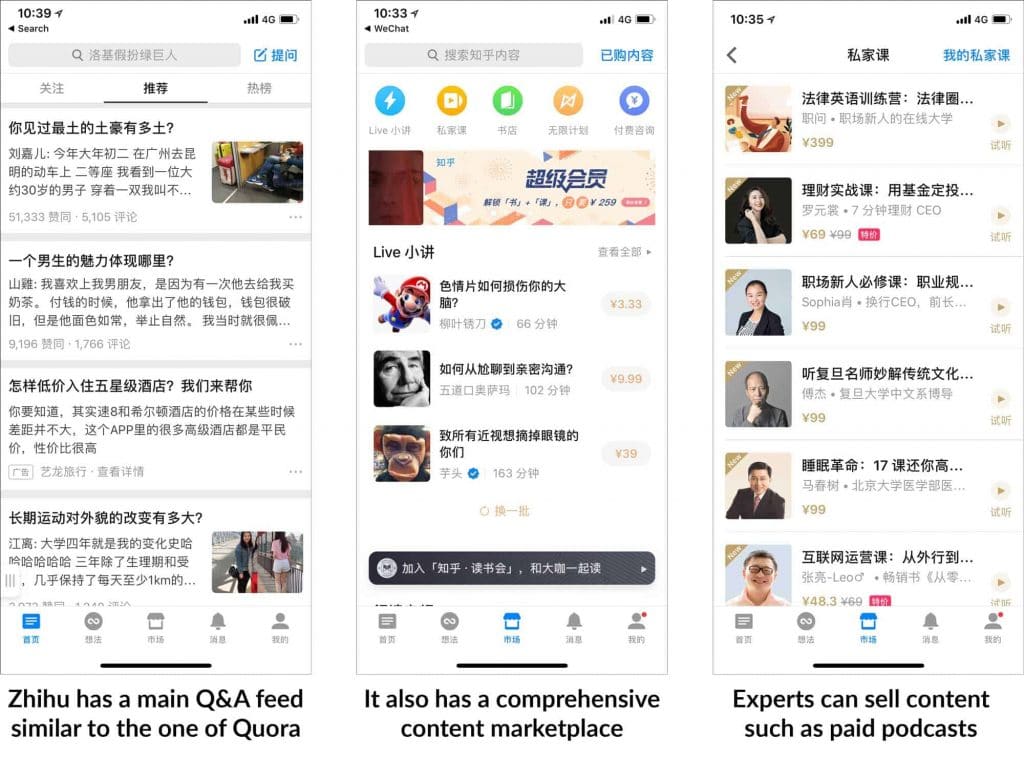Tongcheng Travel in China is Betting Big on the Z-Generation
Tongcheng Travel, a Chinese internet travel operator, appears to be following the adage “catch ’em young” in its efforts to increase brand awareness among millennials and Gen Zers through a variety of recent marketing initiatives.

Tongcheng Travel, formerly known as Tongcheng-Elong, rebranded as ly.com in late April 2020. The company’s new name and logo reflect its goal of catering to a younger audience.
We’ve been trying to reach out to millennials and Gen Z by launching advertising specifically targeting them in the previous quarter. Heping Ma, executive director and CEO of Tongcheng, remarked during the business’s earnings call for the quarter ended June 30 that “the company aspires to build itself as distinctive travel platform that understands and connects with younger people.”
Tongcheng, which is traded on the Hong Kong Stock Exchange, has collaborated with Tencent, the parent firm of WeChat, on a number of fronts, including the recruitment of new youthful users and the introduction of promotional initiatives aimed at college students in Jiangsu Province.
About 87% of registered customers are from non-first-tier cities, thus the group has increased its geographical presence across the country by concentrating on these cities and further optimizing operations there.
Short-haul and local travel demand, notably in second- and third-tier cities, rebounded faster, so “we acted to grab recovery possibilities,” Ma added.
Despite severe travel limitations imposed on the Chinese tourism industry as a result of the government’s tough zero-Covid policy, Tongcheng’s hotel business showed better-than-expected success over the last quarter.
The company continued to turn a profit in the second quarter, despite reporting revenue of $192 million, down 38% from the same time in 2020. Also, the company’s adjusted net profit of $16 million was down 73% year over year.
The CEO has stated that “Tongcheng’s offline user acquisition operations also continue to play a crucial role” in the company’s aim to acquire new customers and facilitate deeper penetration to low-tier cities.
The tourism organization maintained its offline user acquisition operations, with a renewed focus on effectiveness, user value, and product recall.

Tongcheng claims it has streamlined its app’s UI and enriched material connected to tourism in order to provide users with a one-stop shop for products and services by integrating online and offline channels to diversify traffic sources. In addition, the firm collaborated with location-based apps to broaden its reach.
Joyce Li, vice president and head of capital markets at Tongcheng, remarked, “Tongcheng Travel continued to develop and use unique technology to evolve from an online travel agency to intelligent travel assistant.”
The corporation maintains faith in its bus ticketing operation as a viable means of expanding its customer base. Ma remarked, “We had more urban and rural bus operators on board to work together and further explore under-tapped provinces and cities.”
Executives said during the earnings call that the company would continue to target under-penetrated regions in an effort to further enhance its market share, even though it is expected that local and short-haul leisure travel, as well as the increase in the number of business trips, would drive market growth.
As Ma put it, “we are positive about the industry prospects and development prognosis of the company, building on our solid market presence.”
The most effective ways to Attract Chinese Tourists in 2022
Currently, because of the coronavirus, Chinese people are asked to be careful when they go out and even asked to stay home to be safe. They do not have real social interaction, physical activity or singular experience or what we call social distancing. But you can be sure about one thing: they are looking forward to this summer for holidays and are searching for their next destination!
So how do some companies, and sometimes countries, do to attract as many Chinese tourists as possible? Here are some answers.
Adapt the Chinese tourists’ mindset and needs
- Chinese language
Language is essential for anyone for the reception of information. Knowing that only 25% of the Chinese population speaks English, it is easy to guess that they will favor the companies/services they will be able to understand. The main spoken language is Mandarin and they will look for places and services in Mandarin. For example, they will favor a hotel where they will be understood or a service which will not require them to speak English.

- Website and announces
The Chinese Google is Baidu, representing 82% of local search engine market share. That is why having a great SEO in Baidu is essential when Chinese people will be looking for the kind of service you offer.
Having a website in both English and Mandarin is a positive point for your first contact with Chinese potential customers. Thanks to key words and efficient SOE on Baidu, you will have more chances to appear in the first results after research but there is another way to be on the top of the ranking: a China-hosted website. If your Chinese website is hosted in China or in a neighboring country, you will have a better SOE. Hosting your website in Singapore or Hong Kong will increase its loading speed. Also, a domain name that uses .cn is favored by Baidu.

- Chinese forums

Your presence on Chinese forums is, of course, essential, especially if you want to attract Chinese consumers. Chinese people rely a lot on comments and reviews before buying or booking anything. They also have the habit to regularly leave a comment to the products they just bought or tested and it goes the same for experiences and travels. That is why having a clean and positive e-reputation on these Chinese forums will help you to attract more customers. Don’t forget that Chinese OTA also offers a forum section and your reputation on classic forum platforms as Douban or Zhihu (that are one of the most consulted forums in China) will influence the decision of potential customers.
- WeChat Pay/AliPay
Unlike in Western countries, online payment is an ordinary thing in China. Paying with your smartphone is a part of every Chinese person’s daily life, and offering this feature to your Chinese tourists will, on one hand, reassure them for the payment but also make them feel more comfortable.

The most used online payment systems in China are Alipay and WeChat pay with respectively 54% and 40% of the market share. As you can see in the following picture, you need to expose a QR code to allow them to pay. So, adopt this habit and expose your WeChat or Alipay (or both!) QR codes.
We are GMA
- Chinese market behavior specialists
- Digital marketing experts
- Tourism sector professionals
- Cosmopolitan Franco-Chinese team







